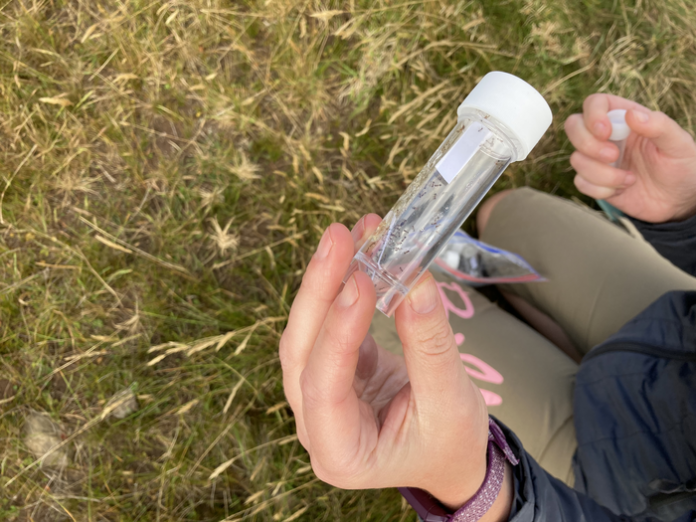Researchers predict which invasive species could pose a future threat to the UK’s Overseas Territories in order to conserve these rare environments
The UK’s Overseas Territories – many of them small, remote islands such as St Helena and Pitcairn – are home to fascinating species found nowhere else in the world.
Naturally, this means these species are extremely vulnerable to biological invasions, whether that be on land or at sea, and are, therefore, at risk of extinction.
In partnership with communities on the UK’s Overseas Territories, researchers at the UK Centre for Ecology & Hydrology (UKCEH) and Durham University, have assessed thousands of potentially invasive non-native species to predict which are most likely to arrive and present a danger to these environments within the next 10 years.
Published in the journal Conservation Letters, the research provides a reference for authorities, conservation ecologists and the public to guide them in protecting these special species. It aims to prevent these invasive non-native species from becoming established and causing ecological and economic damage.
Drawing attention to the UK’s Overseas Territories
UKCEH ecologist Professor Helen Roy led the work. She comments: “These Territories are exceptionally biodiverse. St Helena, for example, has over 400 invertebrates found nowhere else in world – it is simply unique.
“We hope that this study draws attention to these Overseas Territories and the inspiring people on them who are working so hard to protect their incredible wildlife and habitats.”
Experts from each UK Overseas Territory collaborated with the wider project team of experts from around the world to predict which invasive non-native species were likely to arrive, establish and impact on biodiversity, ecosystems, human health and the economy within the next 10 years. They were then able to publish a comprehensive list. The report also examines how the species are most likely to arrive, with shipping containers identified as a key route for many animal species.
Which of the territories are most at risk and why?
Gibraltar and Saint Helena are particularly high risk. They are threatened by biological invasion from the greatest number of species overall. St Helena is most at risk from a high number of plant species, while the Falkland Islands and Tristan da Cunha are threatened by the most marine invasive non-native species.
One of the invasive non-native species that could pose a threat to many of the UK Overseas Territories is the green mussel (Perna viridis). It can ‘hitchhike’ around the world on ships and boats, and form dense colonies in places where it establishes outcompeting other species by, for example, reducing levels of phytoplankton – a key component of aquatic ecosystems.
Other invasive non-native species that present a major threat to many UK Overseas Territories include the little fire ant (Wasmannia auropunctata), the brown rat (Rattus norvegicus), and the mesquite tree (Prosopis juliflora).
‘The knowledge and experience of local experts was central to identifying the non-native species’
Dr Wayne Dawson of Durham University comments: “The knowledge and experience of local experts was central to identifying the non-native species that pose the highest threats to each Territory, and it was a great privilege to work with a wide range of contributors on the project.”
Of course, this project was a challenge. Ecologists and other experts on the UK Overseas Territories are well aware of the difficulties invasive non-native species pose. In most instances, they already have robust biosecurity measures in place, but Professor Roy hopes the report will draw further attention to their vital work.
Professor Roy concludes: “Preventing the introduction of invasive non-native species is key, because management of species that have established and spread is often extremely expensive and in some cases there are no options available.
“We hope that this list will help inform action, including supporting biosecurity activities, to safeguard the wildlife in these precious places.”











